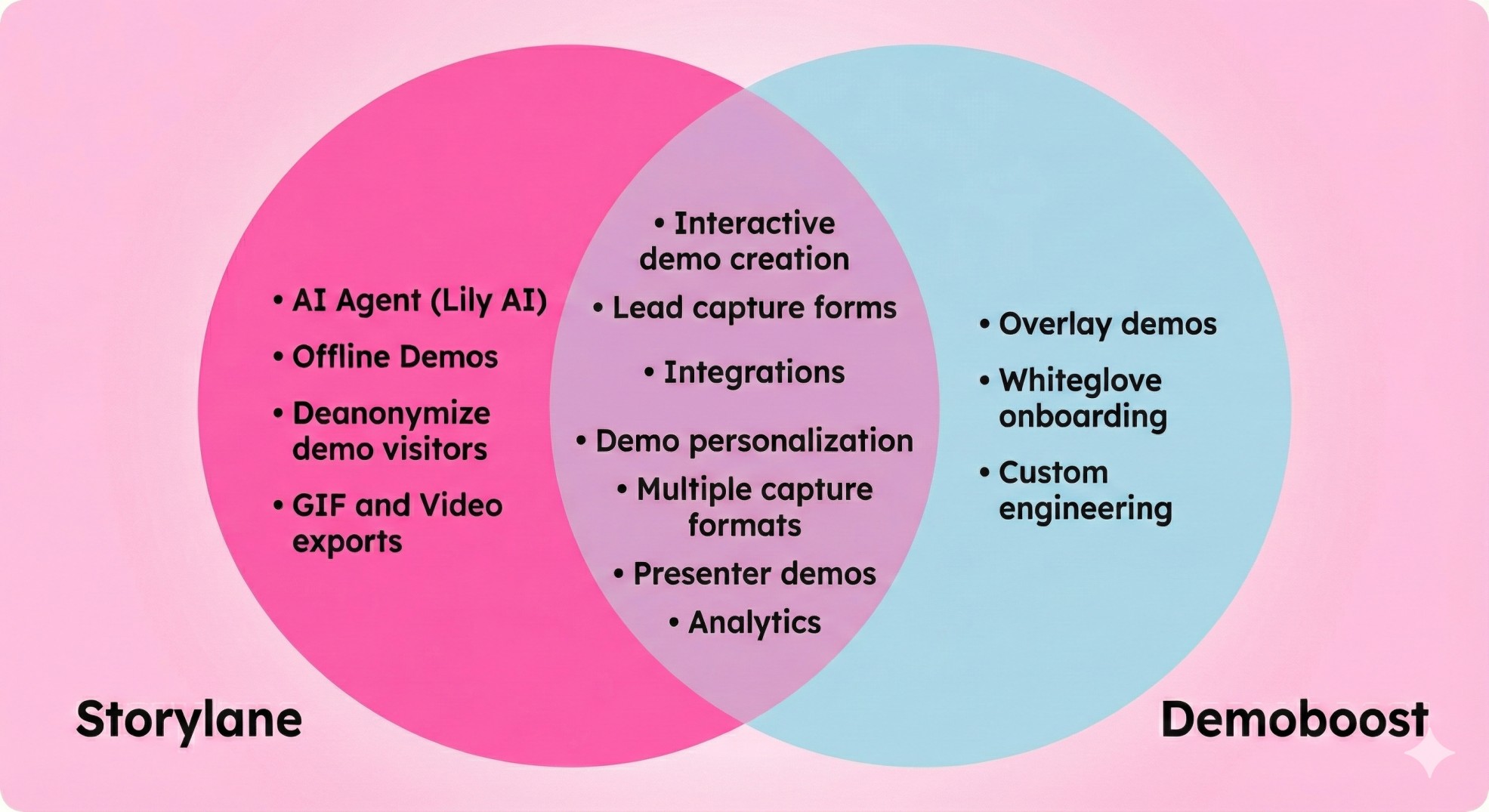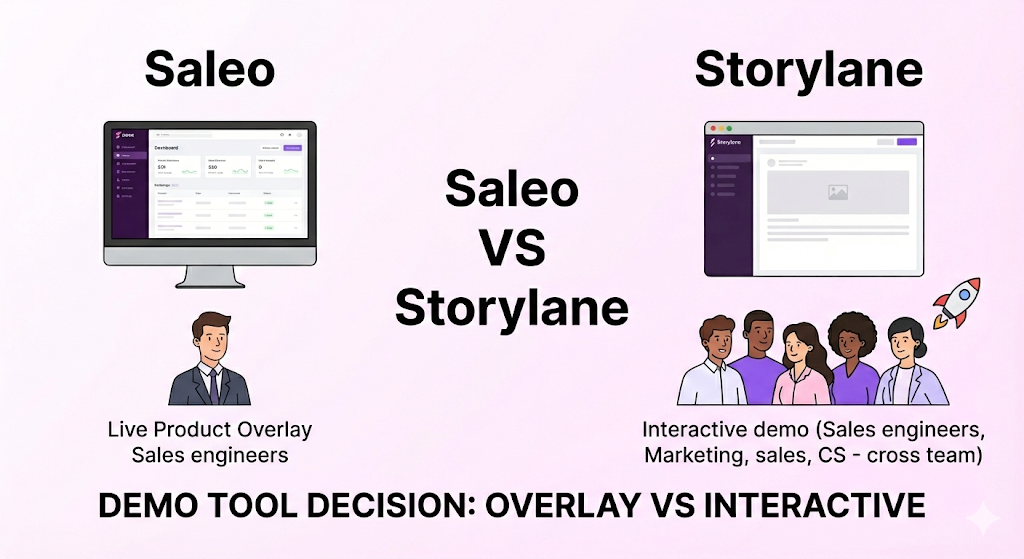Selling is a vast field. Even when your reps sell your prospects the same product or service, they can do it in multiple ways.
If you want to standardize this process, replicate best practices across the team, and improve sales productivity, a sales playbook is what you need.
In this article, we'll go through a sales playbook, why it's important, how to create your own, and some sample templates to get you started.
What is a Sales Playbook?
A sales playbook contains your sales team’s best strategies, resources, and messaging. It is shared with sales teams to guide them through different sales process stages and help them overcome hurdles. A typical sales playbook contains information about buyer personas, call scripts, discovery questions, and sales tools.
Organizations employing a sales playbook can help sales reps increase productivity and their deal win rate - ultimately driving more revenue.
Justin Endres, CRO at Seclore, rightfully says, “A sales playbook should outline everything about the sales motion. From markets, segments, lead follow-up, use of SFDC, qualifying leads, use of communication channels, tools available, org chart. The playbook is how a typical, high-performing rep runs their business on an annual, quarterly, monthly, and weekly basis. It should be used as a guide to understand the basics of key activities and collaboration points required for things to run smoothly in the territory and across the team.”
Why is a Sales Playbook Important?
Sales playbooks are essential tools that enable sales reps to effectively implement the company's sales strategy while prospecting, selling, and closing deals. Whether the strategy involves selling new products, trying different sales methods, or breaking into new markets, sales playbooks guide reps on what actions to perform throughout the sales process.
With a standard playbook in place, sales reps might improvise their approaches - which leads to consistent results where some reps perform exceptionally well, whereas others struggle to meet their targets. This affects forecasting as you may have unpredictable results each quarter.
What's Included in a Sales Playbook?
Sales playbooks differ from company to company. But overall, they follow a similar structure. These are some key elements to include in your playbook:

- Company Overview - Describe how your company is structured, who manages which team, company strategy, mission and vision, what you hope to achieve, company culture, and how the sales team fits into the overall goal.
- Company Products - Dive into all your products (or services) details. Clearly outline your products' functions, pricing, and how they help the buyer.
- Compensation Package - While new hires are expected to receive information about their compensation from HR, you need to break down their commission structure in your playbook. This ensures that sales reps have a complete picture of their earning potential and the specific targets they need to achieve to qualify for bonuses.
- Sales Methodology - You need to specify your company's sales strategy here. It's crucial because every company has its selling philosophy. New reps might employ their previous selling tactics if they need to be informed about yours.
- Sales Process - Walk your reps through different sales process stages - from first touch to closed won. It's easy to forget what comes next when they're in the thick of selling. It's your responsibility as a sales manager to arm your reps with the right resources to tackle and win every deal.
- KPIs and Goals - Outline what metrics your sales reps will be measured on. Mention any baseline numbers they should be aware of.
- Target Personas - These profiles help salespeople understand who their ideal buyers are. Suppose you're selling to different customers, like schools and teachers. In that case, having these profiles helps salespeople answer questions and have better conversations because they know what each type of customer needs and cares about.
- Sales Plays - Set your sales reps for success by describing best practices and strategies to move deals forward. It should include details like qualifying leads, setting up the right cadence, and handling common objections effectively.
- Sales Enablement Materials - Here's where you equip your sales reps with all the materials they'd need throughout the sales cycle. This could include collateral like white papers, case studies, blog articles, battle cards, sales decks, presentations, and demo videos.
How to Create a Perfect Sales Playbook (With Template)
A sales playbook is unique to your organization, as your target audience, product, and sales process will vary from others. However, these steps can benefit any sales team in creating a good sales playbook.
1. Create a Product Onboarding Guide
Reps must be well-versed about its various features and use cases to sell your product. A product onboarding guide is like a superhero's toolkit for sales reps. It equips them with all the nitty-gritty about the product, making them a better seller. If your sales rep doesn’t know the hundred different ways your product can be used, that’s going to impact the way they pitch to the hundred different prospects they sell to.
This is where interactive demo software chips in. Platforms like Storylane offer no-code interactive product guides in 10 minutes. Using this, you can create various product experiences based on features, use cases, or detailed product tours. You can add widgets to highlight key features and their benefits.
This helps reps understand the product and, by extension, how it solves prospect pains.
2. Review Your Sales Process
Your sales process is a huge part of your sales playbook. So, while creating one, you must analyze your existing sales process to see if you need to tweak it to complement your current goals. This severely impacts the way your reps sell, changing buyer behavior, your evolving product and services, the sales metrics you track, and your buyer personas.
3. Determine Who Should Be Involved In the Creation Process
Invite stakeholders from different teams to be part of the sales playbook creation process to determine the right playbook for your organization. While this may differ from company to company, the following roles are typically a part of the process:
- Sales leaders and representatives: Involve sales leaders, top performers, and sales development representatives to include best practices across the entire sales funnel.
- Marketers: Marketing can offer deep insights into customer behavior and market research. Collaborate with them to ensure your sales playbook includes accurate messaging to cater to the right audience.
- C-suite: This goes without saying, but you must involve leadership to know if your playbook aligns with the organizational goals. Also, getting buy-in from high-level leaders will help company-wide adoption.
- Subject matter experts: Bring experts from various departments to weigh in on the sales playbooks - product experts, product designers, customer success representatives, and IT professionals.
Additionally, you'd need a supervisor to oversee and coordinate the entire process.
4. Specify the Objectives of Your Sales Playbook
Goals drive an effective sales playbook. Some questions to keep in mind while setting your playbook goals:
- What elements of the sales process and buyer’s journey should be considered?
- What are sales reps struggling with right now?
- What resources and collateral are needed to help reps throughout the sales cycle?
Keep your playbooks geared towards a specific goal, as this helps reps adopt it faster.
5. Get Sales and Marketing on the Same Page
For a sales playbook to be successful, sales and marketing alignment is pivotal. No matter what your playbook focuses on, sales will require marketing's help with sales enablement materials like articles, decks, and case studies.
Having an open line of communication between the two promotes healthy collaboration. Sales can inform marketing of the type of content and collateral needed to refer to or share with prospects. In contrast, marketing can keep sales updated on new feature releases and product updates.
Moreover, when sales and marketing agree on what constitutes a qualified lead, it reduces the risk of marketing ignoring valuable leads or handing over premature leads to sales.
6. Collate Buyer Persona Information
Reps must have extensive knowledge about the personas they target. That's why including buyer personas in a sales playbook is imperative.
With the right buyer persona information, sales reps can walk into the sales process knowing each persona's pains, what they care about most, and how to handle them best.
Collecting this information in a singular place gives reps easy access to go back and refer to it throughout the sales cycle.
However, it's important to note that as your business evolves, so will your target audience. So, it's vital to keep them updated.
Kyle Vamvouris, CEO of Vouris, explains, “When you’re mapping out your persona details, make sure to include how they’re trying to solve this problem today. Just because you have a solution to the problem, people aren’t going to buy it. You must bring out the inefficiencies in their current process to better sell your product.”
7. Update Sales Enablement Materials
Updating sales enablement materials is crucial to ensure your sales team has the latest and most accurate information to present to prospects or customers. It helps your sales team stay competitive, address evolving customer needs, adapt to market trends and enhance effectiveness. By incorporating updated messaging, objection-handling strategies, and value propositions into your playbook, sales reps can build confidence and credibility, leading to increased success.
Additionally, keeping materials in line with current branding and regulatory requirements is essential. Regularly updating materials also allows you to incorporate valuable feedback from sales teams and prospects, improving the overall sales process and ensuring your team remains effective and informed.
8. Choose Your Sales Methodology
Sales methodologies play a crucial role in shaping your sales playbook. They provide a blueprint for your entire sales approach - from what you say to customers to how you navigate the sales process.
So, choosing a methodology that works for your business is key. Whether you're a dynamic startup challenging the norm or an established industry leader offering intricate solutions, your methodology should align with what you sell and who you sell it to. Your methodology becomes the guiding framework for your sales strategy.
9. Enforce and Distribute The Playbook
Now that you've done the legwork and collated your sales playbook, it's time to get your company to adopt it. You must share the playbook with the entire company, from sales leaders to field workers (sales reps). Although most of the organization was involved in creating the playbook, it’s best to launch properly - so everyone is on the same page.
It's even better if it’s announced through leadership. C-suite executives should take charge and explain what the sales playbook contains, why it matters, and what reps would get out of it. Store copies of the playbook in easily accessible locations so teams can refer to it whenever needed.
10. Measure and Analyze the Impact
As is the norm in the sales world, playbooks must also be driven by metrics. Regularly meet with reps to understand how the playbook has been working, if it's still relevant, and has been helpful in their sales success.
Constantly ask reps for their feedback, as this would give you insights into how to update the playbook to cater to your sales process and help reps close more deals.
Sales Playbook Templates
Using a sales playbook template is an efficient way to start creating your own. We've compiled a mix of sales playbooks, call scripts, positioning, and battlecard templates you can tweak and adopt to add to your sales playbook.
1. Sales Plan Template by HubSpot
This playbook template helps you work hand in hand with your sales process so they complement each other naturally.

2. Product Positioning and Messaging
A sample positioning and messaging template by April Dunford to get you started.

3. Sales Email Templates
Having a set of email templates for different scenarios saves time. Reps can tweak them according to the persona, industry, or company they’re contacting and don’t have to waste time writing one from scratch.
Here’s a sample cold email template:
Hi [prospect name],
I've been researching [industry] and found that [pain point] is a major challenge. Is resolving [pain point] a priority for you?
Here’s an article [one of your articles] highlighting how similar companies in your space handle this issue.
If you’re up to it, I can share some insights I’ve gathered through my research. How does Tuesday at `4 pm sound?
Best,
[your name].
4. Sales Battlecard Template
A battlecard is a powerful document that equips sales teams with detailed insights into competitors and your differentiators. Having this information handy enables them to tackle questions on calls easily.
Here’s a sample battlecard template by Crayon.

5. Call Scripts Template
Call scripts keep reps on track on calls. They help them deliver consistent messaging, reducing miscommunication and ensuring prospects understand that value proposition.
An example of a sales call script:
Hi [prospect].
This is Michael with SalesHero. Is this a good time to talk?
(If yes)
Great. We’ve been contacting sales managers in the [industry] space and see that [pain point] is a problem.
If you don’t mind, I’d like to tell you how we solve this at [your company].
Final Thoughts
A sales playbook serves as a single source of truth for your sales team, and because of that, it's invaluable.
A playbook should be detailed enough to eliminate confusion and concise enough to be digestible. Ensure they are stored in an easily accessible location; all your sales reps know them. You must also review and update them as and when necessary.
Q1. What is included in a sales playbook?
Your sales playbook should include your company overview, company products, compensation package, sales methodology, sales process, KPIs and goals, target personas, sales plays, and sales enablement materials.
Q2. Why is a sales playbook important?
A sales playbook is like a blueprint; it's a set of strategies and instructions for a sales team to follow to win more sales. It tells them how to talk to customers, handle problems, and reach their sales goals. A playbook is important because it keeps everyone on the same page, enabling reps to replicate winning strategies and build a repeatable sales process.
Q3. What is the difference between a plan and a playbook?
A sales plan is like a roadmap for sales teams, showing the direction in which they're headed and what they want to achieve in the long run. On the other hand, a sales playbook is a detailed set of instructions (like an itinerary) for each step. It guides sales reps on what to do at each turn of their selling process.

.svg)
.svg)








.webp)



















.svg)

.webp)